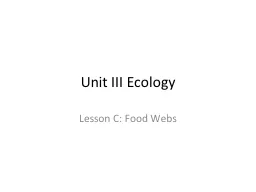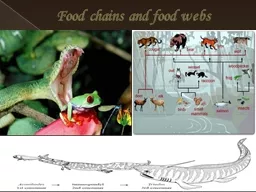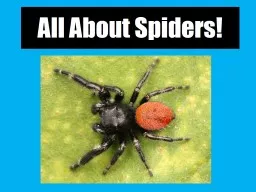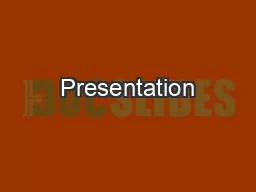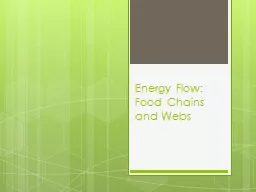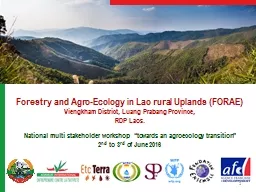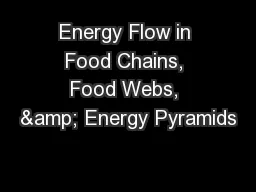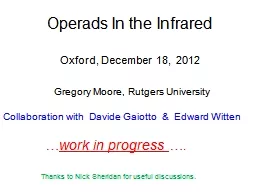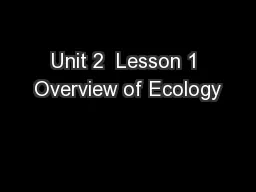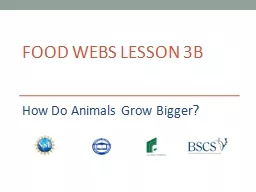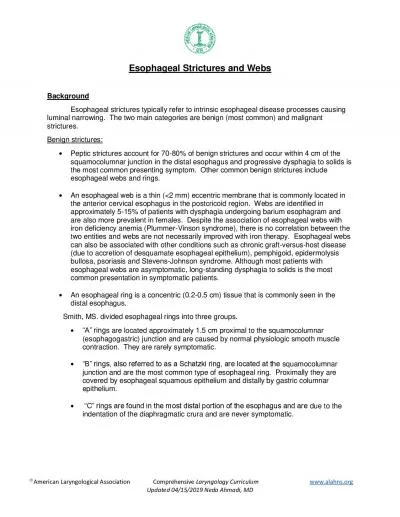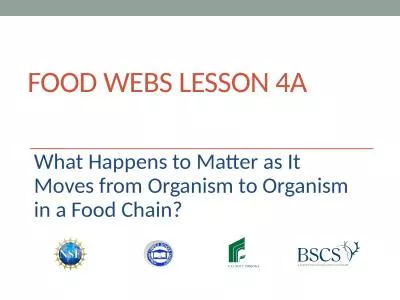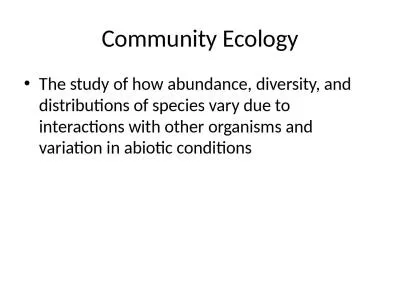PPT-Unit III Ecology Lesson C: Food Webs
Author : debby-jeon | Published Date : 2018-09-19
Food Web Energy Paramid Period 6 Fowlers Jonah Hendricks Justina Dennis Tamesha Abreu Anabel McNeal Kahil Tovias Stephanie Bates Tyree Rochay Cody Jeske Kaeden
Presentation Embed Code
Download Presentation
Download Presentation The PPT/PDF document "Unit III Ecology Lesson C: Food Webs" is the property of its rightful owner. Permission is granted to download and print the materials on this website for personal, non-commercial use only, and to display it on your personal computer provided you do not modify the materials and that you retain all copyright notices contained in the materials. By downloading content from our website, you accept the terms of this agreement.
Unit III Ecology Lesson C: Food Webs: Transcript
Download Rules Of Document
"Unit III Ecology Lesson C: Food Webs"The content belongs to its owner. You may download and print it for personal use, without modification, and keep all copyright notices. By downloading, you agree to these terms.
Related Documents

